“L’iride come metafora della natura che, nella sua tragica e violentata bellezza, osserva, attonita e incredula, il destino che l’umana insipienza le sta regalando”.
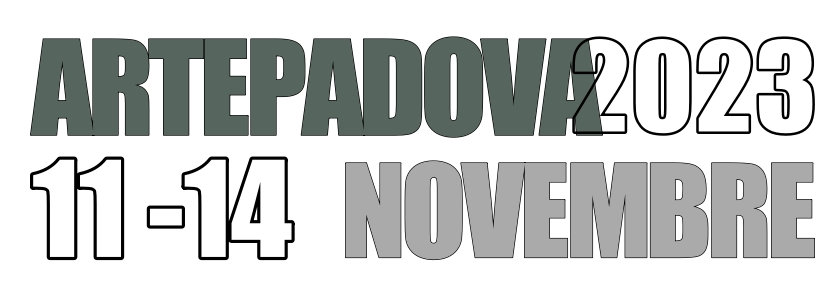
Il progetto “COME IRIDE SOGNO IN LOCKDOWN” ritorna nei padiglioni di ArtePadova 2023 (padiglione 4; stand 162). Germogliato, come evidenzia il nome, in quel tempo sospeso, questo lavoro si è via via arricchito di contributi nuovi e originali e non può dirsi concluso. Forse, in una sorta di circolarità temporale, la parola fine verrà dal capoluogo lagunare: sarà un ritorno, quasi una “morte”, a Venezia, la città nella quale ancora ventenne approdai. Se clicchi sull’icona di ArtePadova sarò felice di omaggiarti un ingresso. Ti aspetto!
ArtePadova è in via Niccolò Tommaseo 59 (Fiera). Visitabile da venerdì 10 novembre a domenica 12. h.: 10/20. Lunedì 13 novembre h.: 10/13
APPROFONDIMENTI & MOSTRE
Il virus del viaggio, come sosteneva Ryszard Kapuściński, è una malattia che non ha cura. In tempo di pandemia da Covid-19, nell’impossibilità di viaggiare, quando forte e struggente si fa la nostalgia di realtà inesplorate o di passi già dati, non resta che cedere al sogno. Ma, in questo tempo sospeso, scandito dall’attesa, in un pianeta avvelenato e stressato dall’umana ingordigia, nemmeno il sogno allevia. Così, luoghi affascinanti, litorali palpitanti, acque e verzure nella bruma del sogno sembrano incurvarsi, gravati dal peso degli umani interessi. E, come in un gioco di specchi, riemergono con le loro scheletriche ma ancor vive mangrovie trasfigurati in iride. Come metafora di una natura che, nella sua tragica e violentata bellezza, osserva, incredula, il destino che l’umana insipienza le sta regalando…
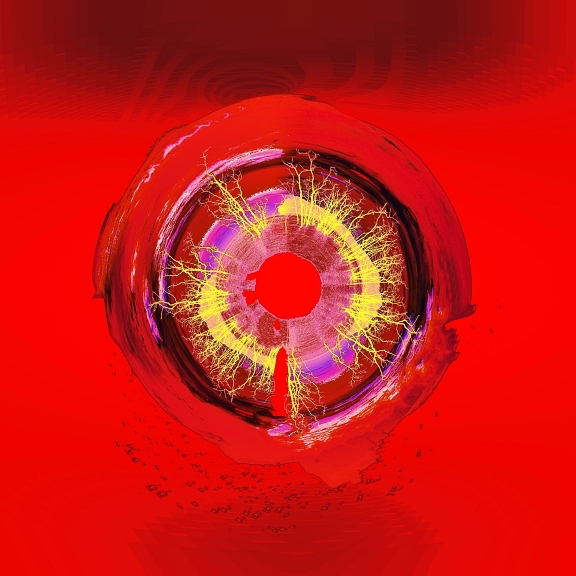
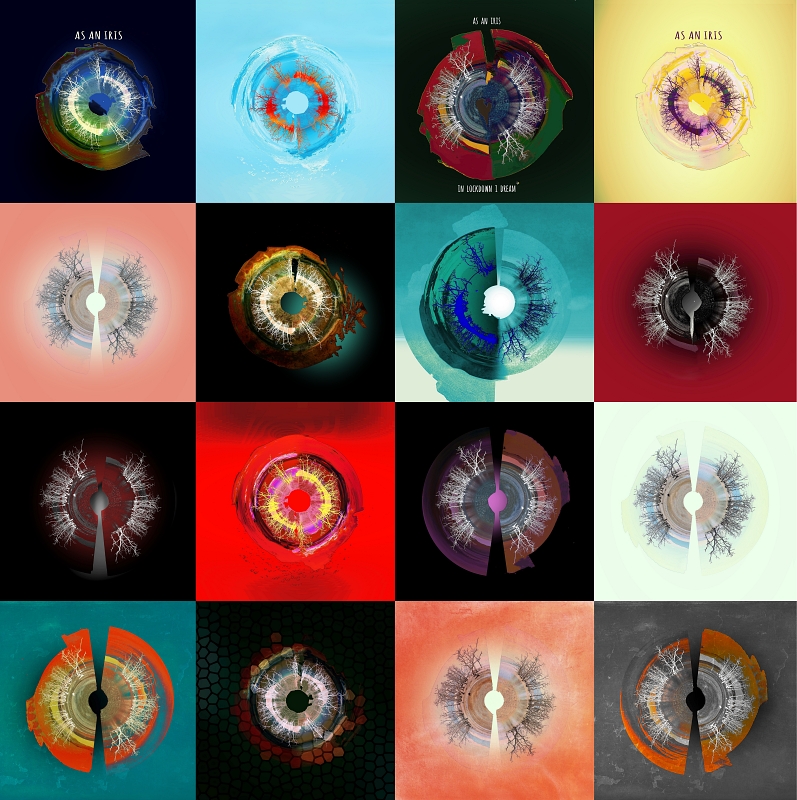
The travel virus, as Ryszard Kapuściński argued, is a disease that has no cure. In Covid -19 pandemic times, which forbid travelling, when striking is the nostalgia for unexplored lands and trodden paths, we can just yield to the dream. Yet, in this suspended time, beat by the wait, in a planet poisoned and stressed by human greed, the dream can’t help. So fascinating places, seashores throbbing water and greeneries seems in the dusky dream to “bend”, sagged …
Se vi sentite osservati è a ragione. Perché ciò che vi fissa è un polittico di 25 iridi. Summa del lavoro “Come iride”, è una sorta di indice del gran libro delle doglianze, cahier di una Natura vilipesa e inascoltata. Così forme e cromatismi, che transitano dal rosso acceso all’ocra e al nero, innervati da filamenti rossi, gialli, blu, ci rimandano a luoghi del presente nei quali l’estrattivismo onnivoro dell’umana ingordigia dilaga, senza argine o freno.
L’AQUILONE
Nello sforzo supremo di affrancarsi dalle umane miserie, dalle nostre angherie, la natura, stanca e vogliosa di riprendere se stessa, ondeggia e s’inarca come aquilone gonfio di vento. “S’inalza; e ruba il filo dalla mano, come un fiore che fugga su lo stelo esile, e vada a rifiorir lontano”
Giovanni Pascoli, L’aquilone
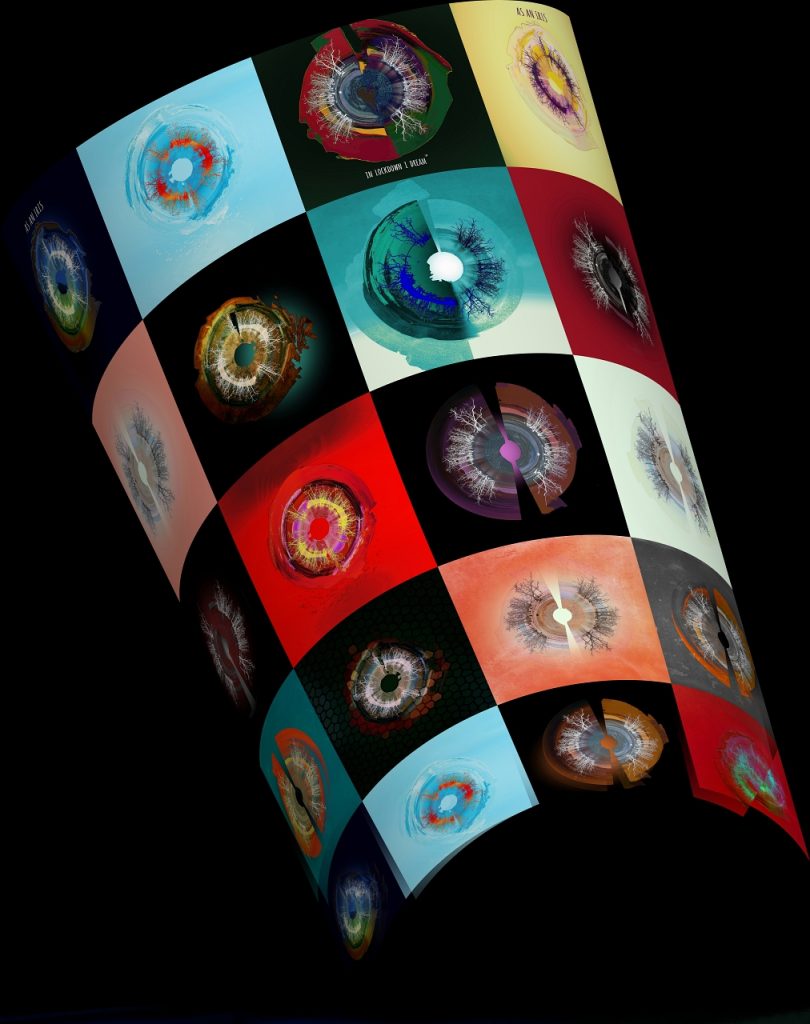
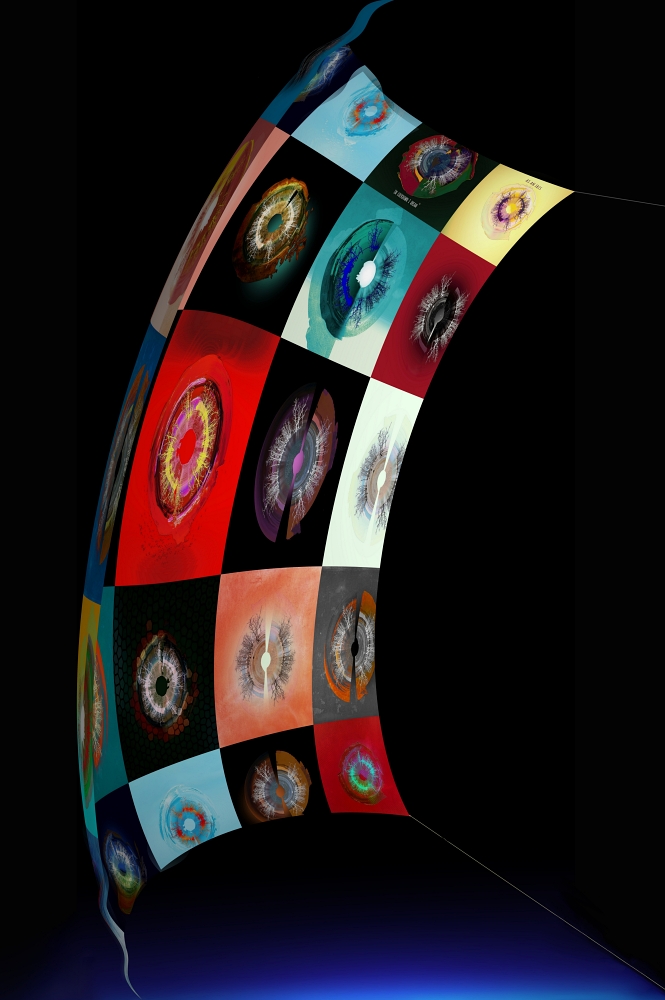
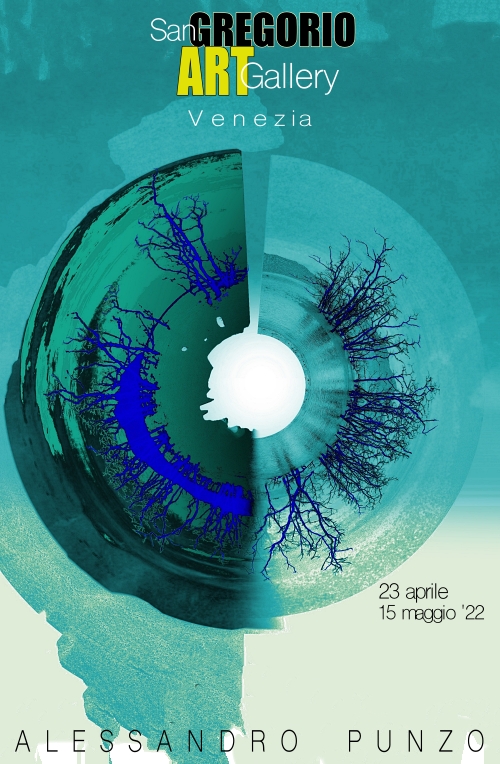
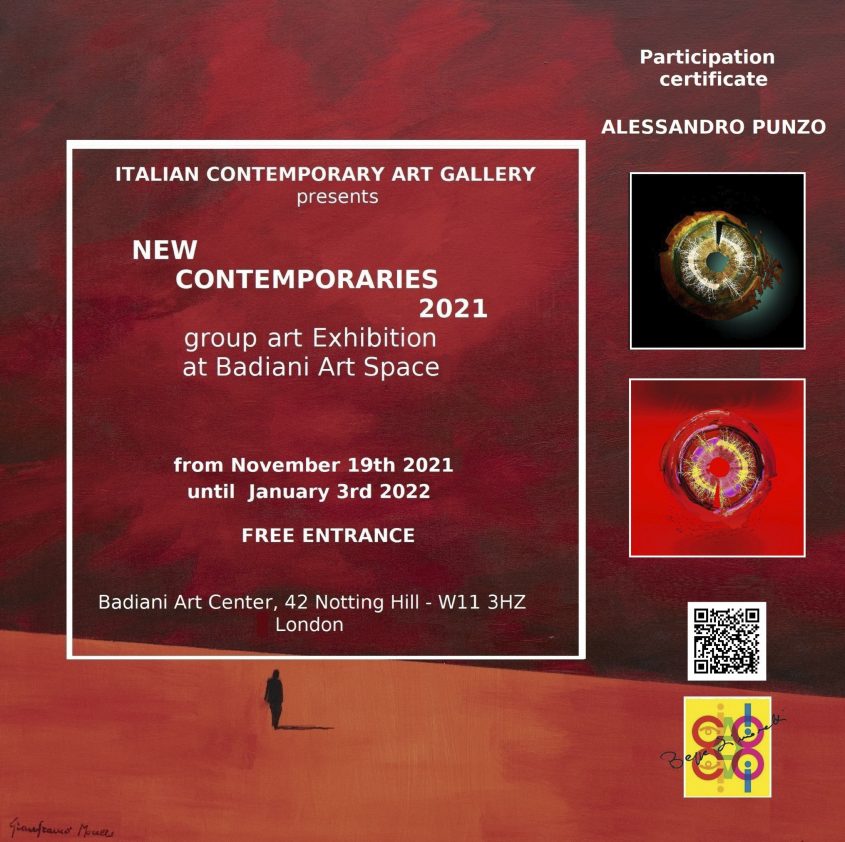
L’AUGURIO: prima che sia tardi…
Cosa augurarsi in questo scorcio di 2023? “The Earth is burning!” ho scritto sulla mia iride rossa. Brucia sui tanti teatri di guerra del nostro sciagurato tempo, col suo carico di morte, malattie, fame e distruzione, dall’Ucraina alla Palestina, dalla Siria al Kurdisthan, dallo Yemen alla Libia, alla Nigeria… Cosa augurarsi, dunque, se non la fine di ogni conflitto, di ogni ingiustizia, di ogni violenza? Brucia perchè non sopporta più che un sistema di merda, estrattivo e onnivoro, come il capitalismo globalizzato, continui a depredarla e a dissanguarla, avvelenandone le forme di vita…[CONTINUA]
